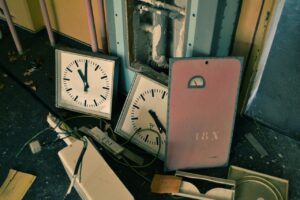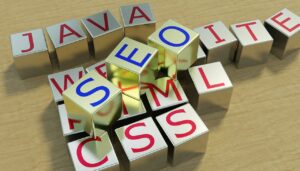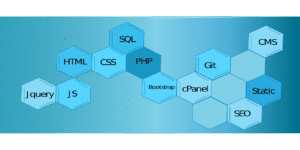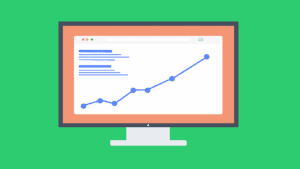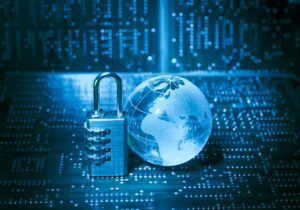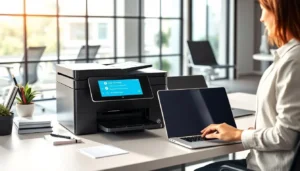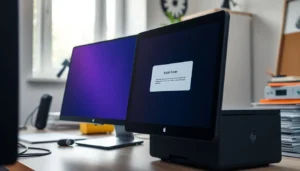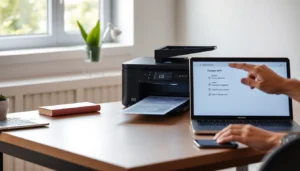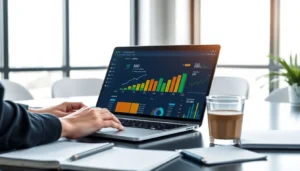
Artificial Intelligence vs. Data Science: Understanding Key Differences and Applications
Introduction
The rapid growth of technology today makes it hard to tell apart artificial intelligence and data science. Many people toss these terms around without fully understanding what sets them apart. Knowing the difference is key for businesses, students, and developers who want to get the most out of these tools. This article breaks down what AI and data science are, how they differ, and how they work together.
What Is Artificial Intelligence?
Definition and Scope
Artificial intelligence, or AI, is about making machines think and learn like humans. It involves creating systems that can understand, reason, and solve problems without human help. There are two main types: Narrow AI and General AI. Narrow AI performs specific tasks, like playing chess or recognizing faces. General AI, which is still mostly theoretical, would think and adapt like a human.
Core Technologies in AI
Many technologies drive AI forward. Machine Learning helps computers learn from data through patterns. Deep Learning, a type of machine learning, uses neural networks similar to the human brain. Natural Language Processing (NLP) allows machines to understand human speech. These tools are the backbone of modern AI systems.
Current State and Future Outlook
Today, many industries rely on AI, from healthcare to entertainment. Experts see AI becoming smarter and more adaptable. For example, self-driving cars are already on roads, and AI-powered chatbots handle customer service better than ever. As technology advances, AI will continue growing in usefulness and complexity.
What Is Data Science?
Definition and Scope
Data science is about digging through data to find useful insights. It combines skills from statistics, computer science, and domain knowledge. The goal is to turn raw data into clear information. This process includes collecting, cleaning, analyzing, and visualizing data. For example, companies analyze customer data to improve sales or predict machine failures.
Techniques and Tools in Data Science
Data scientists use tools like Python and R for analysis. They apply techniques like statistical tests, data mining, and predictive modeling. Visualization tools like Tableau help present findings clearly. Big data tools like Hadoop handle large amounts of information efficiently.
The Impact of Data Science
Using data science pays off. Some companies saw big gains by understanding customer habits or reducing costs. Trends show more jobs opening for data scientists, with salaries rising fast. As data grows, its importance will only increase.
Core Differences Between Artificial Intelligence and Data Science
Objectives and Focus
AI aims to build systems that act smartly. Its focus is to create machines that can think, learn, and adapt. Data science, on the other hand, focuses on understanding data to help decision-making. It’s more about answering questions and finding patterns.
Methodologies and Processes
Developing AI involves designing algorithms and training models. Data science emphasizes exploring and analyzing data sets. While AI tries to mimic human intelligence, data science investigates what data reveals.
Skill Sets and Expertise
AI experts tend to be machine learning engineers and AI researchers. They need strong skills in programming, algorithms, and neural networks. Data scientists often come from backgrounds in math, statistics, and data analysis, working with various tools to interpret data.
Examples Highlighting Differences
Imagine an AI-powered robot navigating a city, using sensors to see and decide what to do. Data science might analyze customer data to target ads better. Both fields work with data but serve different purposes.
Interconnection and Overlap
How AI and Data Science Complement Each Other
AI depends heavily on data science techniques. For example, training an AI model requires lots of data. Data science helps prepare and understand data so AI can learn effectively. Conversely, AI can automate the process of analyzing data, making it faster and more efficient.
When They Converge
Big breakthroughs happen when AI and data science work together. Deep learning, for instance, uses vast amounts of data to teach AI systems to recognize images or speech. Many industry solutions, like fraud detection or recommendation engines, rely on both fields.
Actionable Tips
To get the most from these tools, integrate data science insights into AI models. Also, encourage teams to learn parts of both fields. This style of cross-training leads to better, more accurate systems.
Future Trends and Strategic Implications
Evolving Technologies
AI is moving toward explainable systems, which can tell users why they made a decision. Edge computing is growing, bringing AI closer to devices instead of data centers. AutoML is making it easier for non-experts to build AI models automatically.
Industry Impact
Sectors like healthcare, finance, and retail will see major changes. AI helps predict health risks or detect fraud. Data science improves customer experience and reduces costs. Ethical AI and data rules will become more important to ensure fair use.
Expert Perspectives
Many experts see AI and data science shaping the future industry landscape. Leaders emphasize continuous learning and staying updated with new tools. The key is to combine technical skills with ethical responsibility.
Practical Recommendations
Invest in ongoing training and education. Stay aware of new trends and tools. Always consider privacy, bias, and safety when building AI and data science projects.
Conclusion
Artificial intelligence and data science are different but deeply connected fields. AI creates intelligent machines, while data science finds meaning in data. Understanding both helps you make smarter use of technology. The true power comes from their combined strength. Embracing this synergy will drive innovation and keep you ahead in today’s fast-changing digital world.


































